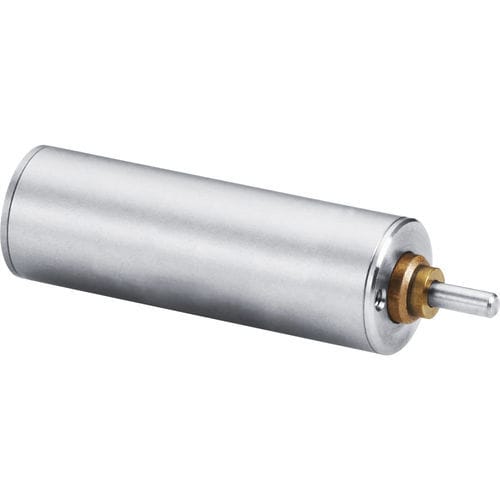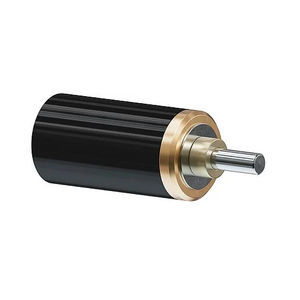
- Components - Spare Parts
- Landing and Braking
- FAULHABER Drive Systems
- Company
- Products
- Catalogs
- News & Trends
- Exhibitions
Spur gearhead 08/2for aircraft1 - 5 Nm0.5 - 1 Nm
Add to favorites
Compare this product
fo_shop_gate_exact_title
Characteristics
- Applications
- for aircraft
- Type
- spur
- Torque
- 0.5 - 1 Nm, 1 - 5 Nm
- Number of stages
- multi-stage
- Rotational speed
4,000 rpm, 5,000 rpm, 8,000 rpm
(25,132.74 rad.min-1, 31,415.93 rad.min-1, 50,265.48 rad.min-1)- Backlash
3 °, 4 °
Description
The spur gearheads from FAULHABER are characterized by high efficiency and extremely quiet running. They therefore provide highly efficient solutions particularly for applications with medium torque and low speeds. The zero-backlash variants of the gearheads operate with maximum precision and enable, for example, the exact positioning of optical components.
What is a spur gearhead?
A spur gear is a disk with teeth around its circumference, i.e. a simple gear. Spur gearheads, also called spur gearboxes, achieve the desired reduction through the connection of at least two such gears with different diameter. A small spur gear drives a larger spur gear; the reduction ratio is obtained by dividing the diameters or numbers of teeth. The axes of the spur gears are parallel to each other.
Spur gearheads can have multiple stages. In this case, the axis of the spur gear with the large diameter has a further small gear, the teeth of which engage in those of the next, larger spur gear. To provide a further stage, this gear is fitted again with a small spur gear, and so on. The more stages the gearbox has, the greater the reduction ratio will be.
How do spur gearheads work?
The first spur gear of the gearhead is moved by the output shaft of the motor and is referred to as the motor pinion. It engages in a second spur gear with a larger diameter. As described above, this arrangement is repeated in the case of multi-stage gearheads. The final stage drives the output shaft.
The spur gears each engage in the connected spur gear at only one contact point, which minimizes friction and noise development.
Catalogs
*Prices are pre-tax. They exclude delivery charges and customs duties and do not include additional charges for installation or activation options. Prices are indicative only and may vary by country, with changes to the cost of raw materials and exchange rates.








